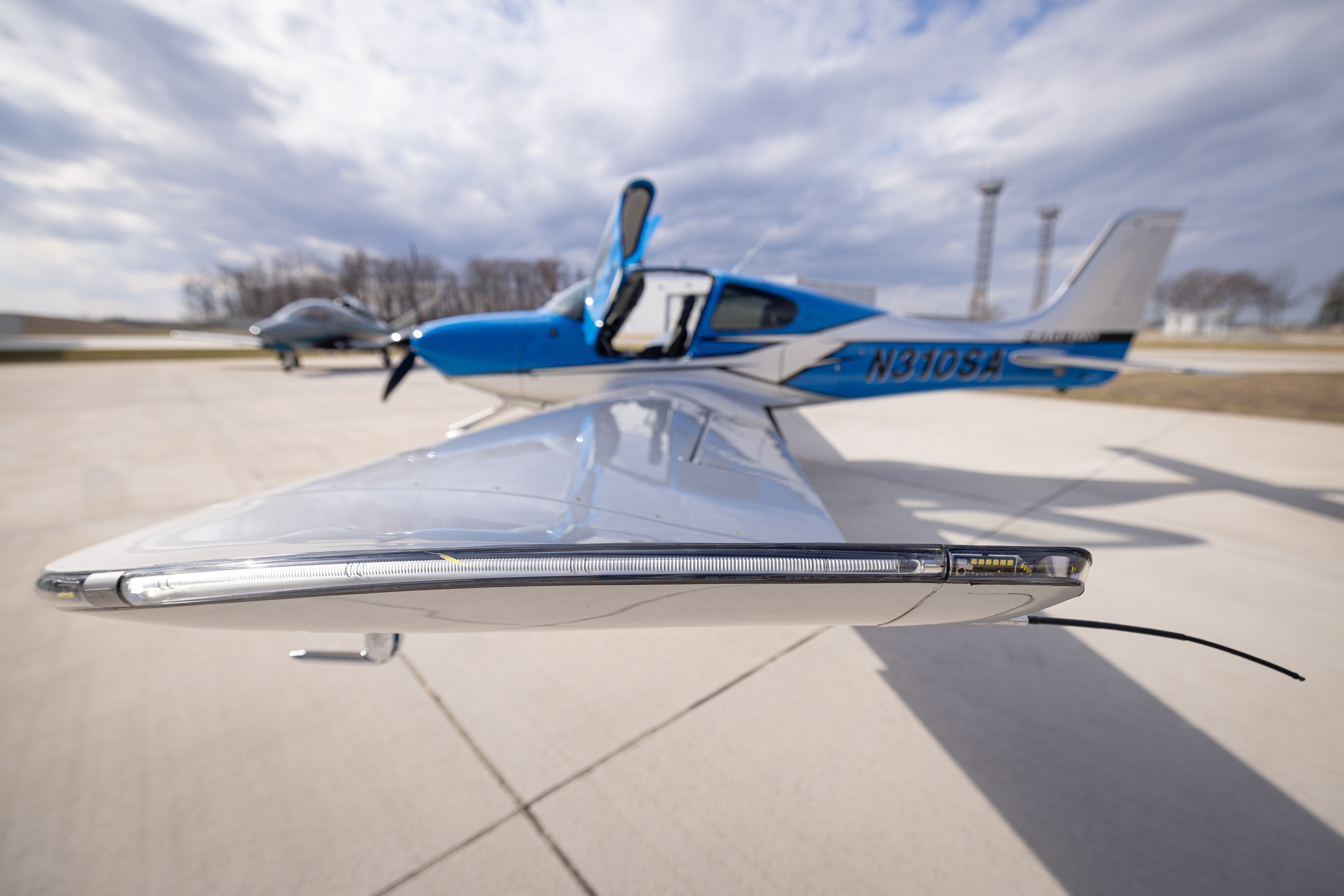Static Wicks / Dischargers…What are their purpose?
Have you ever noticed on your preflight almost hitting those things sticking out of the trailing edge of an airplane’s wings or empennage and ever thought “What are those?” Well… this brings us to our discussion of what is known as a static wick / discharger.
wings or empennage and ever thought “What are those?” Well… this brings us to our discussion of what is known as a static wick / discharger.
What is a static wick/discharger and how do they work?
They are devices that safely discharge static electricity. Static wicks are connected to the airplane’s grounding system which provides a path for static electricity to safely dissipate. The wicks will absorb static electricity during flight then the electrical charge will travel through the airplane’s grounding system before it dissipates.
Why are static wicks most found on trailing edges of wings or around the empennage?
This is where friction is most problematic when flying through the atmosphere. Let’s dig into how static electricity occurs in an aircraft. As an aircraft flies it generates friction between its structure and the atmosphere. If the friction is left unchecked this can lead to static electricity. Depending on the type of conditions an aircraft flies through, this will vary the amount of friction being generated. If the skies are clear, it will create much less friction compared to rainy, cloudy, or even snowy conditions as this results in more electrical static. This is known as precipitation static (P-Static). The more friction an aircraft generates, the more electrical static it will produce.
Now let’s talk about the impact of static electricity and some ways to help mitigate it. Static electricity can severely impact an aircraft’s avionics and communications which could lead to potential electrical malfunctions. As an aircraft’s structure becomes more statically charged it may be hard for the pilot to be able to receive and send radio transmissions. This could make it difficult to navigate as it will be a struggle with communicating with ATC.
What are some ways we can help with this issue if we encounter it?
The first way to manage this would be to advise ATC you are experiencing static. Most of the times they will be able to hear you on their end even if you cannot fully hear them. One other way would be if your aircraft has two coms you could switch from one com to the next one such as in a Cirrus Aircraft. This is due to the com one antenna being on the top of the fuselage and the com two antenna being underneath. If the conditions are severe or you endure an electrical malfunction you can always squawk 7600 (Lost Coms) or land as soon as practical if in VMC conditions and then advise ATC of the situation.
The next time you do your preflight around your aircraft and you notice these things sticking out, remember just how important they can be during your flight!
This article has been written by Gabe Thompson, flight instructor at Lone Mountain Aircraft Flight Training, based at Lunken Field (KLUK) in Cincinnati, OH.